Birds are among the most intelligent pets you can own, with cognitive abilities that rival those of primates in some species. Teaching your feathered friend tricks isn’t just entertaining—it provides crucial mental stimulation, strengthens your bond, and can even help address behavioral issues. Whether you have a budgie, cockatiel, African grey, or macaw, this comprehensive guide will walk you through the process of training your bird to perform amazing tricks. With patience, consistency, and positive reinforcement, you’ll be surprised at what your avian companion can learn!
Understanding Your Bird’s Learning Capacity
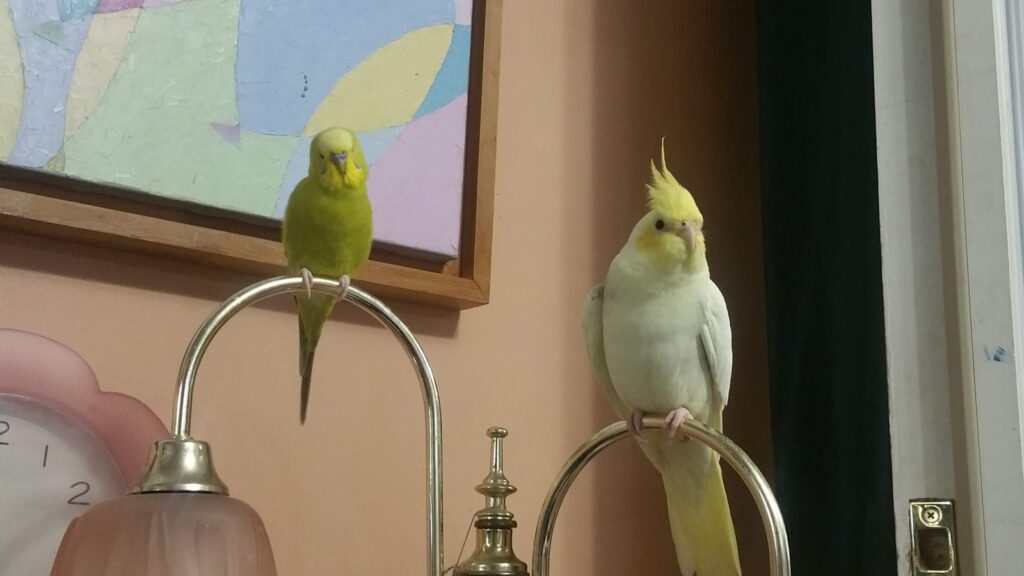
Different bird species have varying cognitive abilities and learning styles that will affect how quickly they pick up tricks. Larger parrots like African Greys and macaws are known for their exceptional problem-solving skills and can learn complex tricks with time and patience. Medium-sized birds such as cockatiels and conures also make excellent students, though they may require more repetition for advanced tricks. Even smaller birds like budgies and lovebirds can learn an impressive repertoire of behaviors when training is tailored to their shorter attention spans. Understanding your specific bird’s natural intelligence and limitations will help you set realistic expectations and choose appropriate tricks to teach.
Creating the Right Training Environment
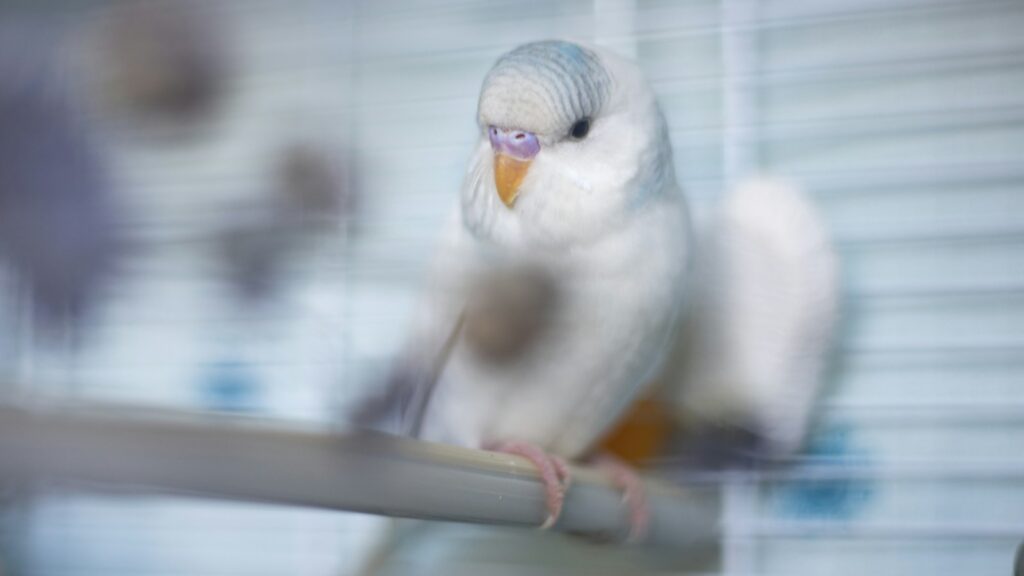
Birds are sensitive creatures that need the right setting to focus and learn effectively. Choose a quiet room with minimal distractions where your bird feels comfortable and secure. Remove potential stressors like loud music, other pets, or unfamiliar people during training sessions. The training area should have good lighting so your bird can clearly see your cues and rewards. Keep the temperature comfortable—too hot or cold and your bird may become irritable or lethargic. Additionally, schedule training sessions when your bird is naturally alert but not overly hungry or tired, typically a few hours after waking or before their evening routine.
Establishing Trust Before Training
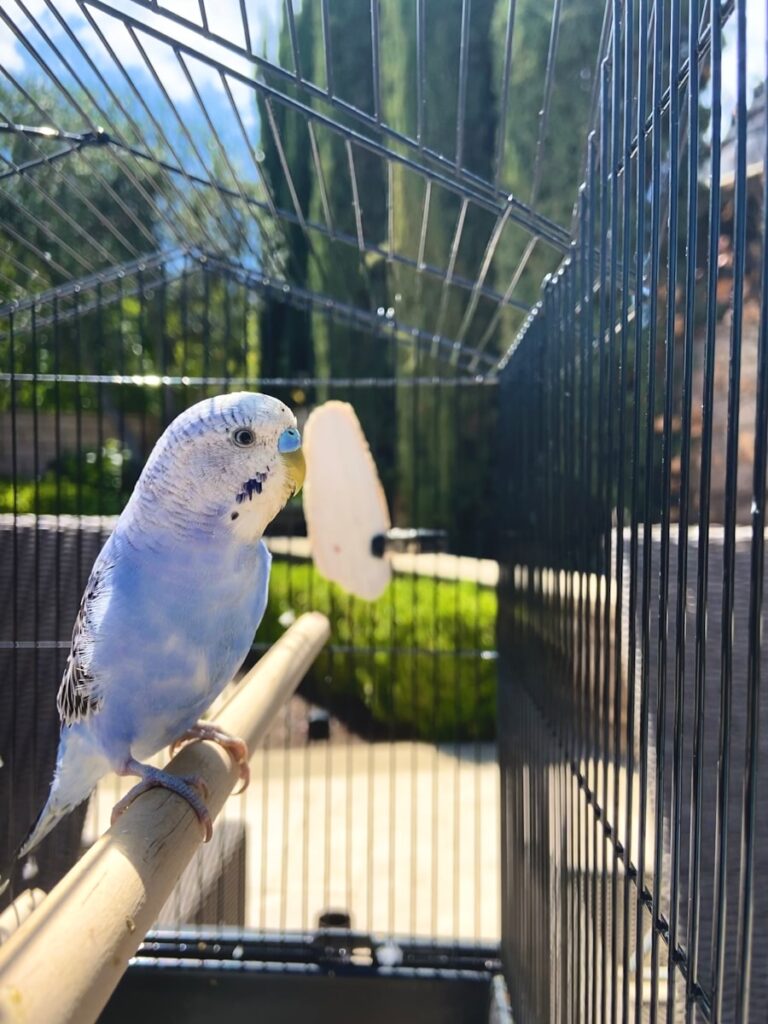
Before teaching any tricks, you must establish a foundation of trust with your bird. Spend time simply being near your bird’s cage, talking softly and moving slowly to help them become comfortable with your presence. Gradually work up to offering treats through the cage bars without expecting anything in return. Once your bird accepts treats confidently, practice having them step onto your finger or hand inside the cage, then outside in the training area. This “step-up” behavior is the foundation for all future trick training and helps your bird understand that interacting with you leads to positive outcomes. Remember that trust-building may take days or even weeks depending on your bird’s personality and previous experiences.
Choosing the Right Rewards

Effective bird training relies heavily on finding rewards that truly motivate your feathered friend. Small pieces of millet, sunflower seeds, nuts, or dried fruits are excellent options, though you should use these high-value treats specifically for training rather than making them regularly available in the cage. Pay attention to which treats excite your bird the most, as preferences can vary significantly between individuals. Some birds may respond better to verbal praise or a favorite toy as a reward instead of food. Keep training rewards small enough that your bird can consume them quickly without becoming full before the session ends. For birds on specialized diets, consult your avian veterinarian about appropriate training treats that won’t compromise their health.
Mastering Clicker Training Techniques

Clicker training is one of the most effective methods for teaching birds new behaviors because it provides precise timing for reinforcement. Begin by establishing the clicker as a positive signal by clicking and immediately offering a treat, repeating this “charging the clicker” process about 20 times over several short sessions. Once your bird associates the click with rewards, you can use the clicker to mark the exact moment your bird performs a desired behavior. This clarity helps your bird understand exactly which action earned the reward, speeding up the learning process. If you don’t have a commercial clicker, a consistent verbal marker like “yes!” or the click of a retractable pen can work just as effectively when used consistently.
Teaching Your Bird to Target Train
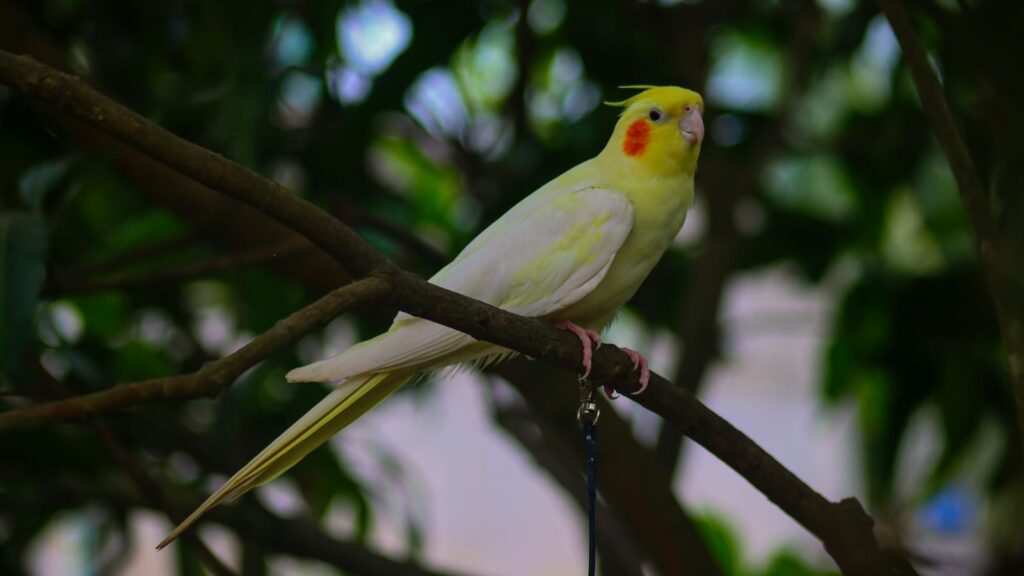
Target training is a foundational skill that makes learning other tricks much easier. Present a small stick or dowel rod (your target) near your bird without making sudden movements. When your bird naturally shows curiosity by looking at or moving toward the target, immediately click and reward them. Gradually raise the criteria by only rewarding when they touch the target with their beak. Once they reliably touch the target, you can move it to different positions, encouraging your bird to follow it to earn rewards. This skill gives you the ability to guide your bird’s movements without handling them, which opens up possibilities for teaching more complex tricks like turning in circles, moving to specific locations, or navigating obstacle courses.
The Step-Up Trick: Beyond Basic Handling
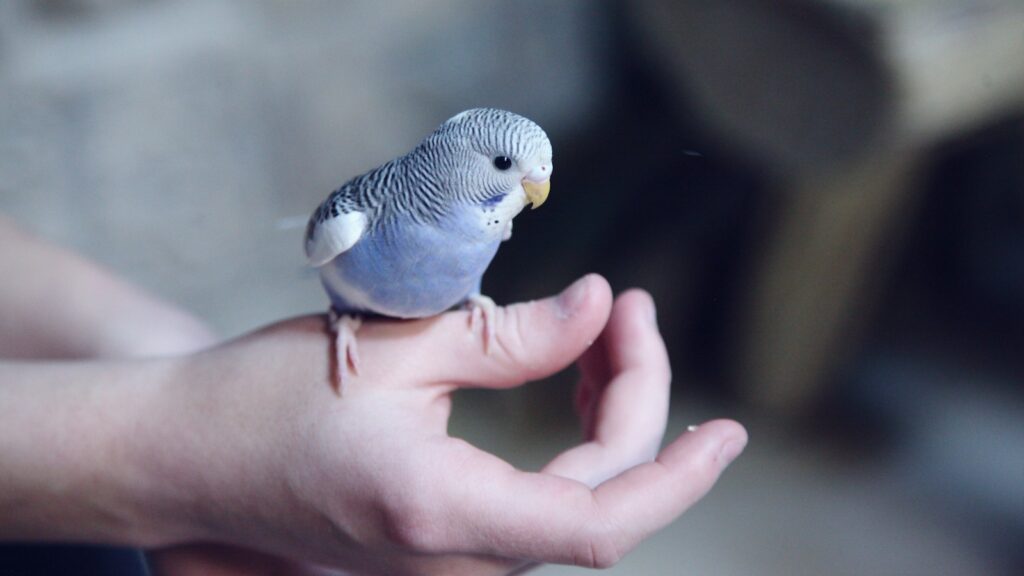
While most bird owners teach a basic step-up command for handling, you can elevate this skill into impressive tricks with additional training. Once your bird consistently steps onto your finger or hand, introduce verbal commands like “up” or “step up” just before presenting your hand. Next, teach them to step up onto different objects like perches, toys, or specially designed platforms of varying heights. Challenge your bird by gradually increasing the distance they must go to step up, eventually teaching them to fly to your hand on command from across the room. Advanced variations include teaching your bird to climb a ladder one rung at a time, step up through hoops, or transfer between multiple people in sequence.
Wave, Shake, and High-Five Tricks
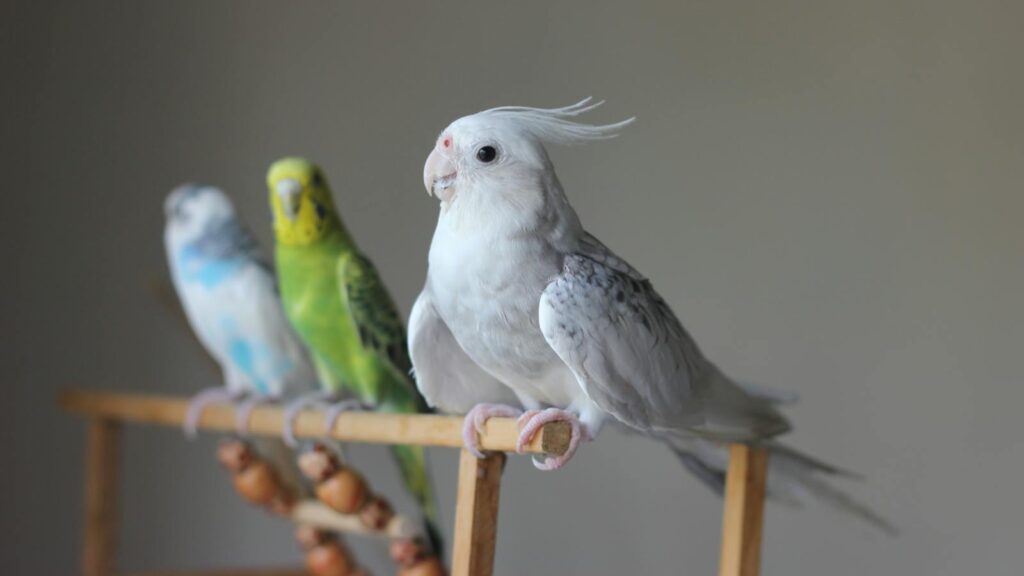
Birds naturally lift their feet when stepping up, which provides the perfect foundation for teaching wave and high-five tricks. Begin by presenting your finger as if requesting a step-up, but when your bird lifts its foot, quickly pull your finger back slightly while clicking and rewarding. Your bird will eventually learn that lifting its foot—not stepping up—earns the reward. Once this behavior is established, add a verbal cue like “wave” or “high-five” before the action. To distinguish between tricks, use different hand signals: an open palm for high-five, a closed fist for shake, or a distant gesture for wave. With practice, your bird will learn to respond to different visual and verbal cues with the appropriate foot movement.
Teaching Your Bird to Speak or Sing

Vocal mimicry is one of the most impressive tricks certain bird species can learn, though success varies greatly depending on species and individual ability. Start by selecting short, clear phrases or songs with distinctive sounds that are easier for birds to reproduce. Practice saying the chosen word or singing the melody repeatedly during quiet moments when your bird seems attentive, particularly in the morning when many birds are naturally vocally active. Reward any vocalization attempts that even vaguely resemble your target sound, gradually refining your criteria as your bird improves. Some birds learn best when audio recordings play the target sounds repeatedly while others prefer one-on-one “conversations” with their human. Remember that younger birds typically learn vocalizations more easily than older ones, and some birds may never develop clear speech despite your best efforts.
Flight-Based Tricks and Recall Training

For fully-flighted birds, aerial tricks showcase their natural abilities while providing excellent exercise. Begin with solid recall training by holding a favorite treat at a short distance and giving a consistent command like “come here” when your bird flies to you. Gradually increase the distance, always rewarding successful flights to you with treats and praise. Once basic recall is reliable, teach your bird to fly through hoops by holding a hoop between you and your bird, using your recall command to encourage them to fly through it to reach you. Advanced flight tricks include flying to specific perches on command, performing mid-air turns, or even flying to different people in sequence. Always conduct flight training in a completely bird-proofed room with closed windows, covered mirrors, and no ceiling fans.
Teaching Object Manipulation Tricks
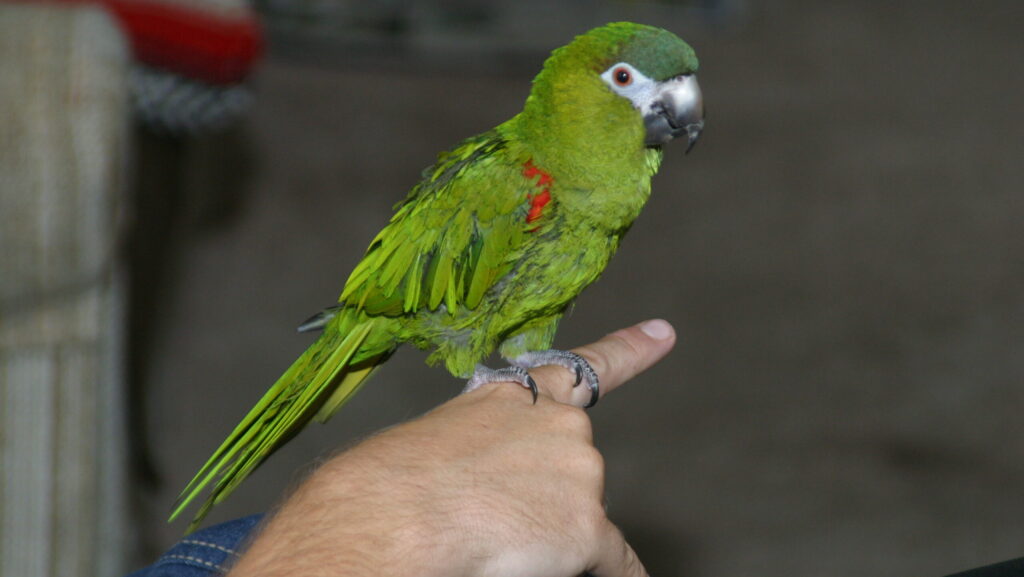
Birds have remarkable dexterity with their beaks and feet, making object manipulation tricks both impressive and mentally stimulating. Start with simple retrieval games by encouraging your bird to pick up a small toy, ring, or ball, rewarding them immediately when they touch or hold the item. Gradually shape this behavior by only rewarding when they pick up the object and bring it to a specific location or place it in a container. For basketball tricks, create a small hoop and container, rewarding your bird for dropping objects through the opening. Puzzle-solving tricks like stacking rings on a peg, sorting colored objects, or opening small containers demonstrate your bird’s problem-solving abilities while keeping their active minds engaged.
Creating Trick Chains and Routines
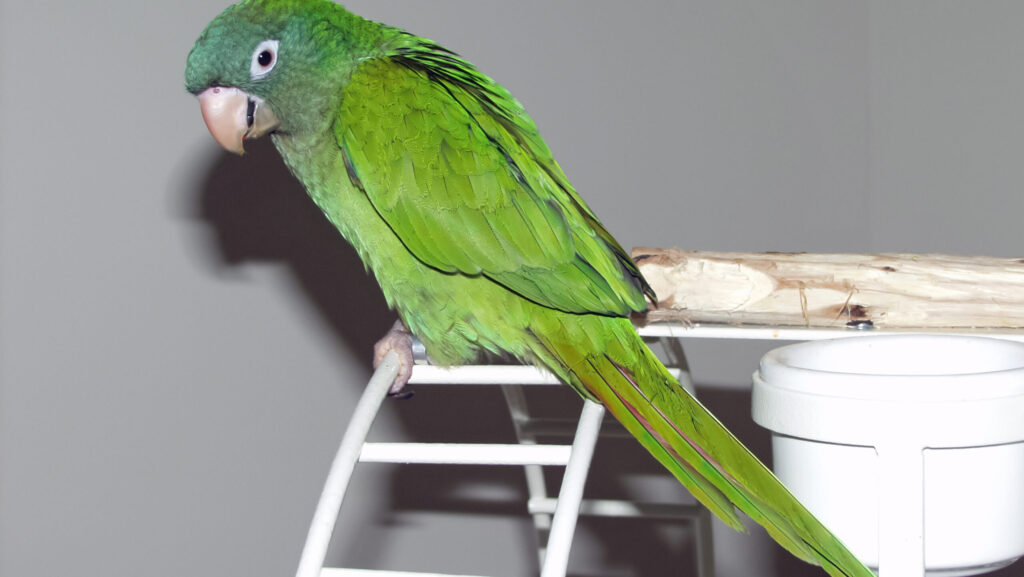
Once your bird has mastered several individual tricks, you can combine them into impressive routines that showcase their intelligence. Begin by linking just two tricks together using separate commands with a brief pause between them, rewarding completion of the sequence with special treats. Gradually add more behaviors to the chain, always practicing the sequence in the same order until your bird performs it reliably. Advanced trainers can teach their birds to respond to numbered commands where each number corresponds to a different trick, allowing for flexible performance sequences. Keep routines under 2-3 minutes to prevent your bird from becoming frustrated or losing interest. Performing these routines can be especially impressive at family gatherings where your bird can be the star of the show.
Troubleshooting Common Training Challenges

Even the most motivated birds and patient trainers encounter obstacles during trick training. If your bird seems disinterested, try training before mealtime when motivation for treats is higher or experiment with different, more enticing rewards. For birds that become easily distracted, shorten training sessions to 3-5 minutes and gradually build duration as their focus improves. When your bird regresses on previously learned tricks, return to basics and rebuild the behavior through positive reinforcement rather than showing frustration. Birds that become aggressive during training may be frightened or overstimulated; give them space and return to trust-building exercises before attempting tricks again. Remember that progress isn’t always linear—sometimes taking a few days off from training results in improved performance when you resume.
Maintaining and Expanding Your Bird’s Trick Repertoire

Once your bird has learned several tricks, regular practice is essential to maintain these skills and keep your feathered friend mentally engaged. Schedule brief daily “review sessions” where you run through established tricks, continuing to reward successful performances to reinforce the behaviors. Introduce new challenges gradually, building upon existing skills rather than attempting completely novel behaviors simultaneously. Document your training milestones through photos or videos, which helps you recognize progress that might otherwise seem incremental. Consider joining online bird training communities where you can share experiences and gather inspiration for new trick ideas. Most importantly, pay attention to your bird’s enthusiasm during training—their continued enjoyment of these learning activities strengthens your bond and enriches their life as a companion animal.
Bird trick training is a rewarding journey that benefits both you and your feathered companion. Beyond the entertainment value, the mental stimulation and bonding time help prevent behavioral problems while giving your bird confidence and enrichment. Remember that progress comes at different rates for different birds—celebrate small victories and remain patient through challenges. With consistency, positive reinforcement, and respect for your bird’s individual personality, you’ll develop a repertoire of impressive tricks that showcase your bird’s remarkable intelligence while strengthening your special connection.





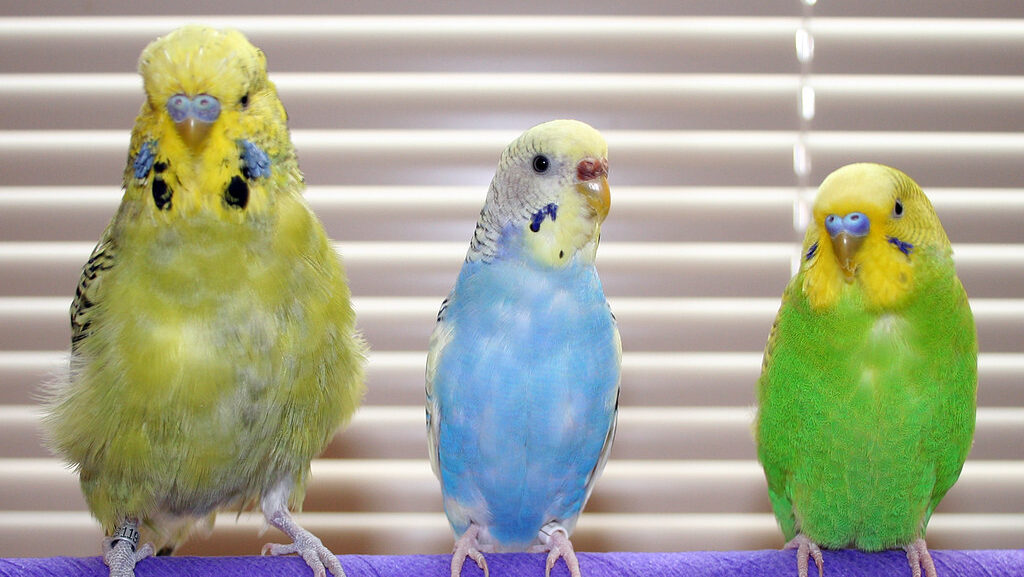
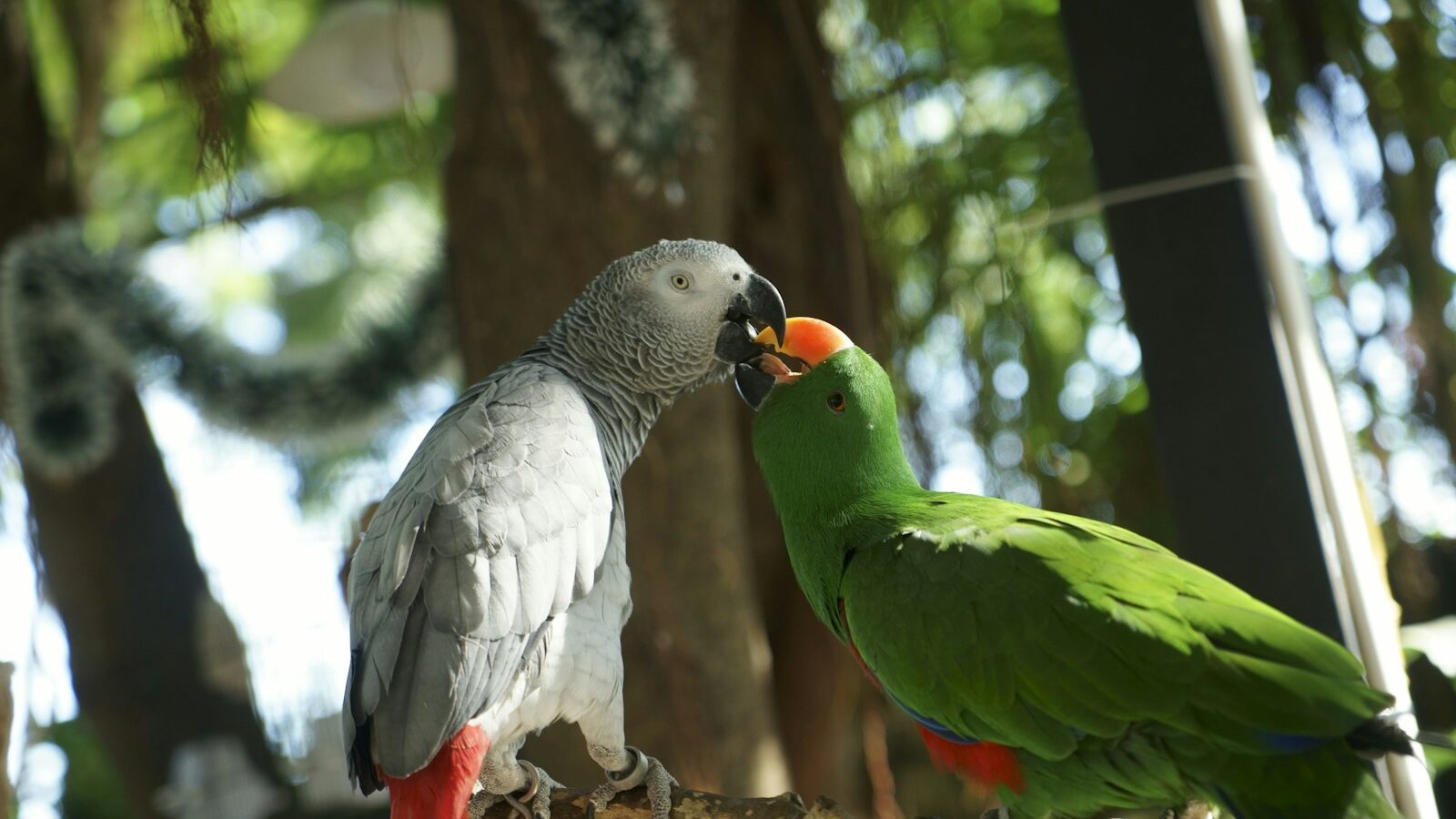
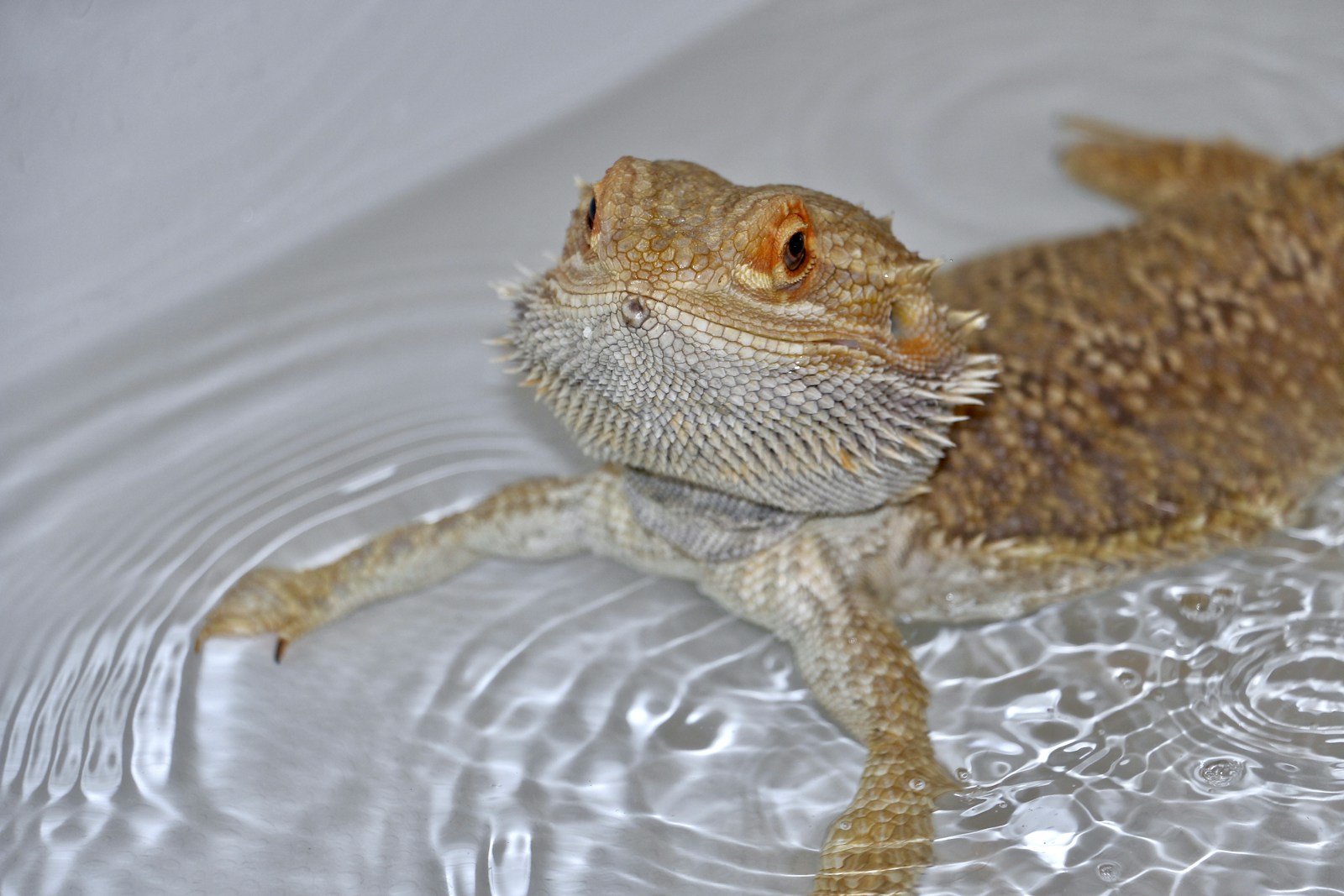


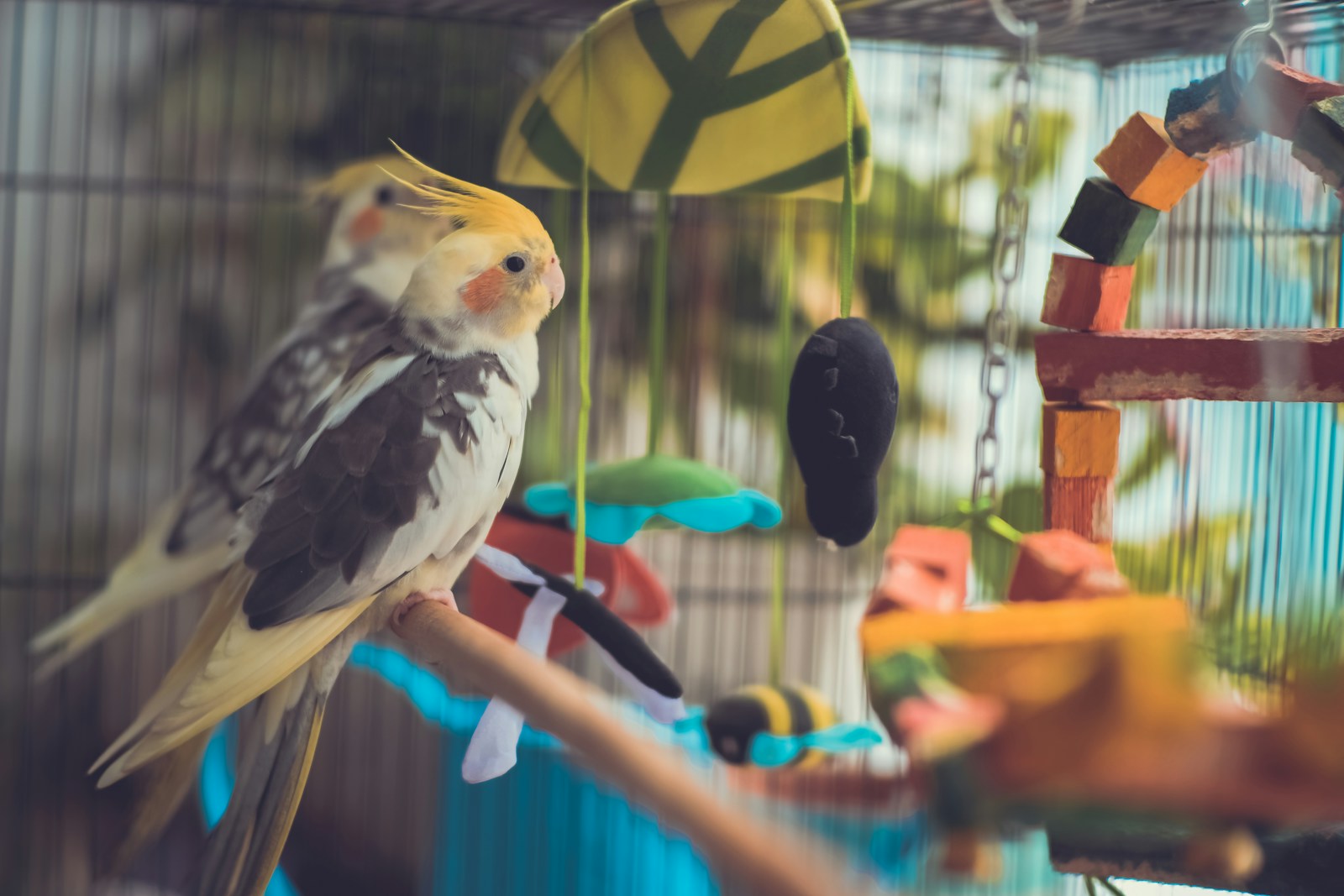
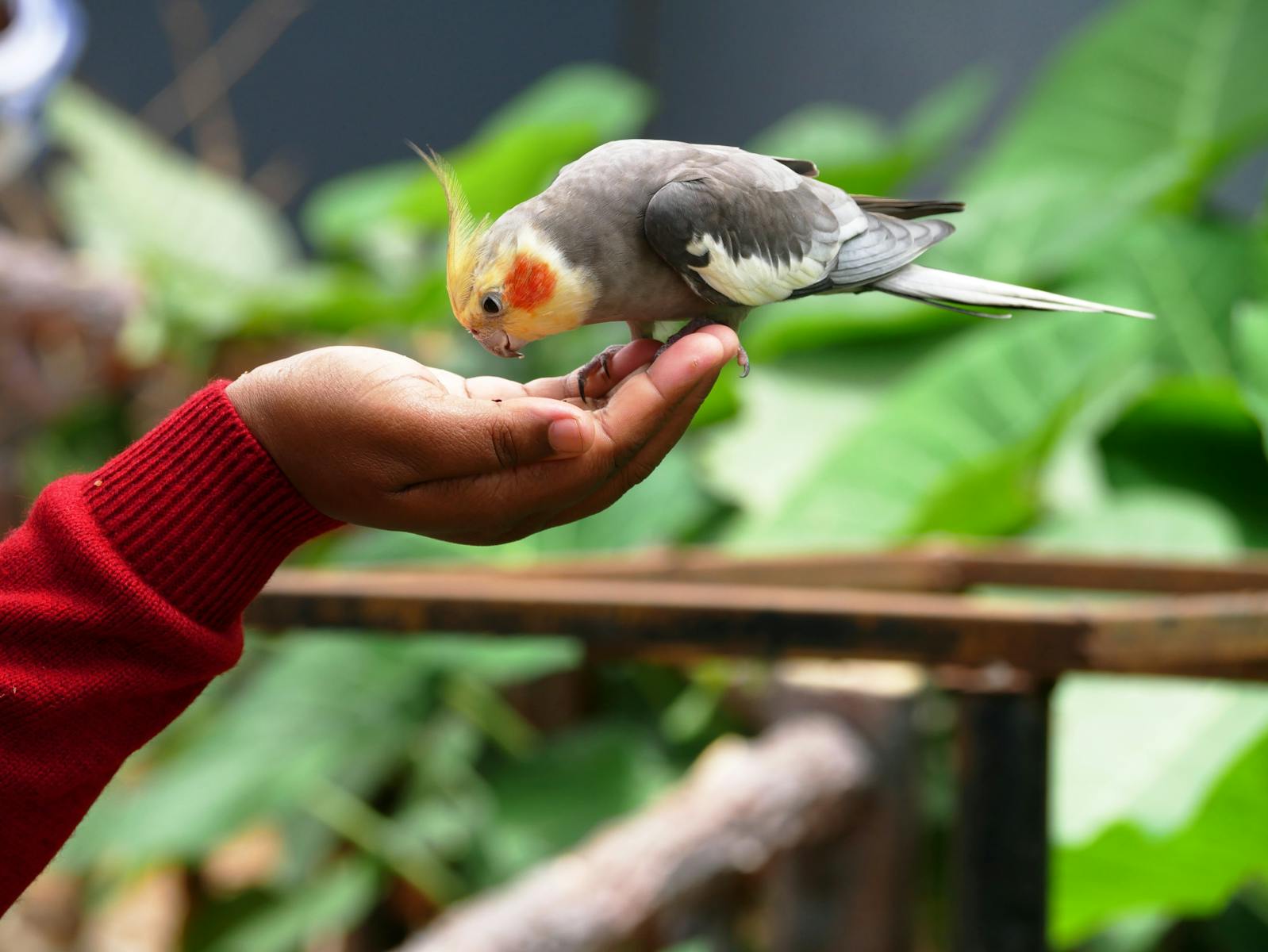



Leave a Reply